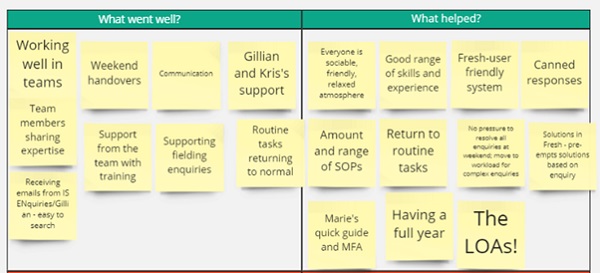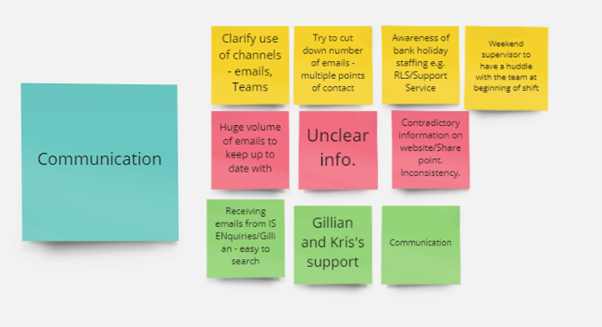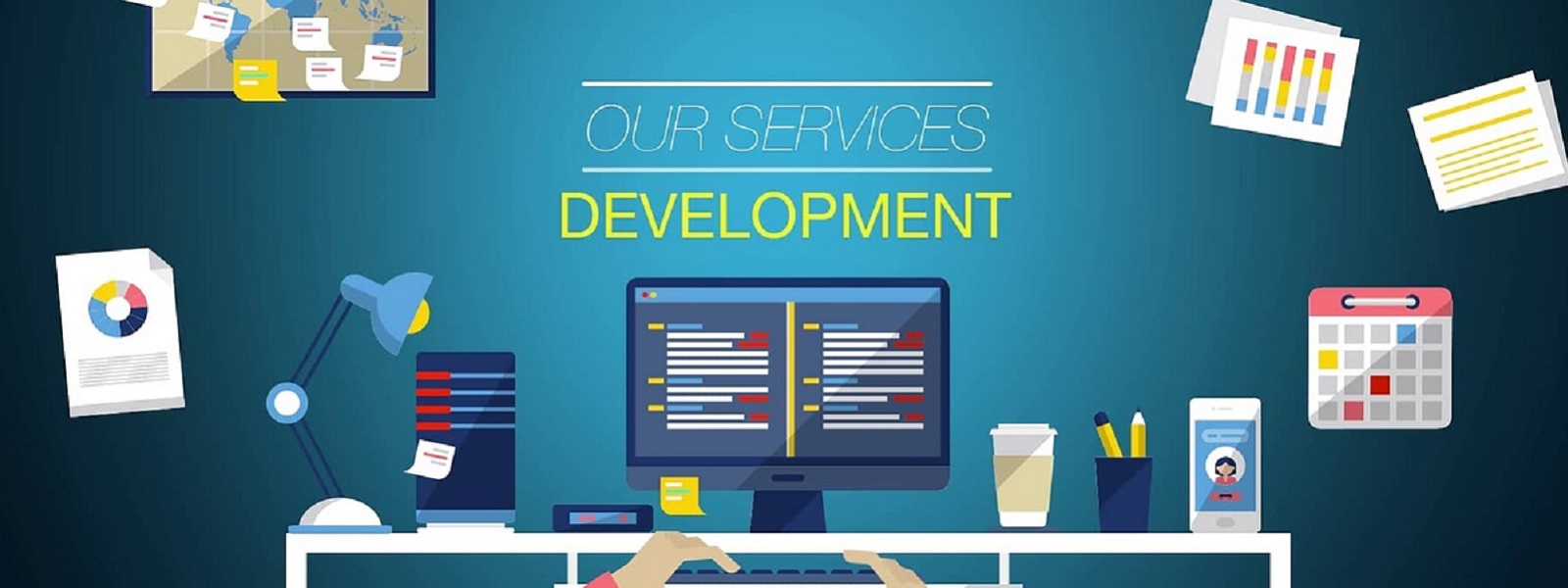Susan
Our Continuous Improvement Network is a group of staff who have attended our training courses, worked on a project with us, or are interested in learning more about continuous improvement. It has been up and running for a number of years now and has expanded over time. We hold sessions throughout the year on different topics of interest.
Our network session in March covered the topic of After Action Review (AAR). This is a method of reviewing how a piece of work has gone and to identify improvements that could be made.
We introduced what an AAR is, and how it works, and then actually used the method to review the network sessions. The group gave us lots of feedback on what they thought was good about the sessions, what helped them, what they did not like, and what they thought hindered them. They then came up with some ideas on what we could do differently to make some improvements.
Doing the AAR session with the network confirmed to us that the network was worthwhile and useful to its members. It gave us ideas on how to make things even better, including creating a Teams site for members to interact with.
Why am I telling you all this? One of the network members at the session liked the AAR session. Emma got in touch with us shortly after and asked us to provide her with the template as she was going to use it to review services in her area. Here’s Emma’s story.
Emma
Reviewing our services and performance is central to what we do within Library and Information Resources.
We are advocates of continuous improvement and we welcome new ways to self-reflect, to improve services, customer satisfaction and staff morale and wellbeing. Our Customer Service Excellence accreditation, which has been strengthened each year since we first gained it in November 2019, evidences this ethos.
I first decided to use the AAR approach to review whole areas of service.
At the end of each academic year, when the Evening and Weekend Enquiry services in our Andersonian Library come to an end for the Summer period, we review how things have gone.
The Evening and Weekend Enquiry teams provide a customer-facing service within the Library, helping staff and students with Library and IT enquiries.
The team’s remit is wide-ranging. Customers present issues relating to library circulation, library facilities, and study spaces, printing, online services and tools, software packages, user account and authentication issues, and much more. The teams resolve the majority of calls at the first point of contact and log others for onward referral to other University departments where necessary.
The review of these services previously involved us all getting around a table in a meeting room and providing positive and negative feedback. This was minuted, an action tracker was created and responsibilities for taking actions forward were assigned. It was a paper-based process. More recently, our end-of-term reviews have been carried out on Zoom. However, we have followed a similar format to the ‘round the table’ feedback gathering exercise.
The AAR has given us a new approach. It’s a structured approach that enabled us as a group to consider what went well as a collective, before moving on to what did not go so well and what we would do differently next time. It prevented us from getting bogged down in positives or negatives and jumping to solutions all in one step. It is inclusive. It is collaborative. It is transparent.
We used the template on a Miro board at a Zoom session. We encouraged participation both through ‘shouting out’ and through the chat facility – whatever people were more comfortable with. I facilitated and led the group through the different sections of the template. Contributions were captured on post-it notes. Some discussion took place as and when clarification of points was needed. It was really useful to get a feel for different viewpoints in this way.
Where one person felt something helped, someone else may have felt it hindered. The AAR template was an easy way to capture this difference of opinion. This in turn helped to inform what we would or would not do differently, enabling us to weigh up the pros and cons.
It was also useful for staff to get reassurance from colleagues. If they felt that something had not gone well, team members were quick to point out, for example, everything that could have been done for the customer on a particular evening or weekend.
We realised that sometimes an issue simply cannot be resolved there and then, particularly when other departments within the University that are key to the resolution are not operating with those same service hours. It was motivating to see the staff supporting each other in this way. That in itself was captured as being of benefit to the teams and the service.
Lots of successes were noted as things that we want to do more of and build upon. A snippet from the weekend service review shows the types of successes that were captured.

After the meeting, post-its were arranged into categories:
- Communication
- Training
- Knowledge Sharing & Staff Development
- Customer Service
A snapshot of the Communication suggestions follows, where things to do differently are shown in yellow, things that didn’t go well in pink, and things that did go well in green.

Staff reported that they found the AAR a useful tool. Everyone contributed and lots of improvement ideas were put forward. This has led to an action plan, which will be worked through before the start of the academic year 22/23.
Some of those actions are for management to take forward. Others are for the team members themselves. So the process is inclusive, collaborative, and transparent, and so is the output.
The actions relating to Communication are:
- establish best practice for the use of email vs Teams for weekends
- reduce the number of emails sent overall - restrict sending of emails to Gillian and Kris where possible
- include wider staffing information - for example, RLS/SS in weekend handovers for holiday periods, who will pick up calls on Monday
- explore the possibility of paying weekend supervisors for an additional hour per shift - this would allow time to review updates and distill and prioritise them for the team
- give examples of inconsistent information on the website/Sharepoint to the communications coordinator and discuss ways that information could be kept more in synch
- weekend supervisors to introduce a team briefing at the start of each shift
I plan to use AAR for other service areas, for projects, and individual pieces of work. It will be a valuable engagement tool to use with customers too. It's a different way to get their input into our continuous service development.
Susan
If you would like to find out more about how to conduct your own AAR, you can learn more from our blog, 'How to carry out an after-Action review'.


